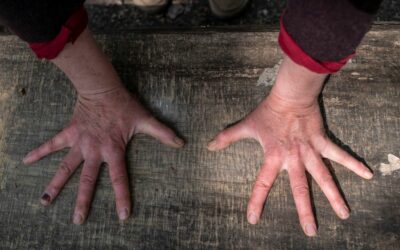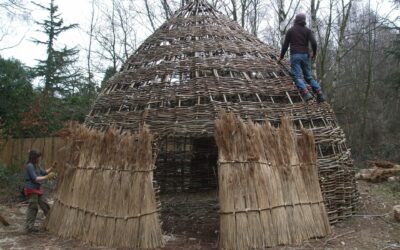What is Clay?
Ask this of anyone and they’ll most likely reply ‘mud’. And although that may seem true on the face of it, there’s a lot more to clay than that.
Clay has been formed over millions of years, since the time of the glaciers. It’s is made up of a number of minerals (with traces of metal oxides and organic matter) and these minerals are formed over long periods of time, mainly through a gradual weathering process of igneous rock and through hydrothermal activity. No clay deposits are exactly the same and, typically, mineral clays are mixed in various proportions.

Clay deposits which remain in the place they were formed are called primary clay. Clay which moves from its original location by water erosion is known as secondary clay. Clay deposits are generally associated with what are called ‘low energy depositional environments’ such as large lakes and marine basins.
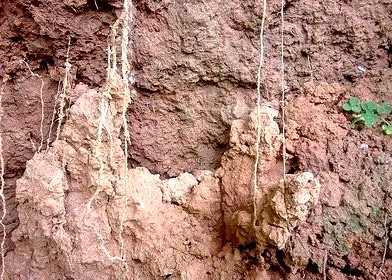
Clay vs Dirt
If you’ve ever stepped into a river or lake that has a muddy bed and felt those soft clouds of silty mud come up around your feet, you’ll know how fine silts can be.
Clay particles are about 20 times smaller than silt. Clay is made up of tiny platelets; when you mix clay with water and manipulate it, these platelets slide over one another and make the clay plastic. Silts, on the other hand, are crumbly in texture. Many naturally occurring deposits include both silts and clay.
Depending on the soil’s content in which the clay is found, and how much weathering it has gone through, clay can appear in various colours from white to dull grey or brown to deep orange-red.
Near where I live in Sussex, the clay is mainly grey and orange. But I’ve also dug clay that’s yellow, and I once found a seam that was duck-egg blue. It’s iron that gives this range of colours and turns the clay terracotta colour when fired, due to oxidisation of the mineral.
Where to dig
Where I live, in the Low Weald of East Sussex, the clay is iron-rich and plentiful. Local gardeners and growers are very familiar with the challenges of cultivating on clay-rich soil.
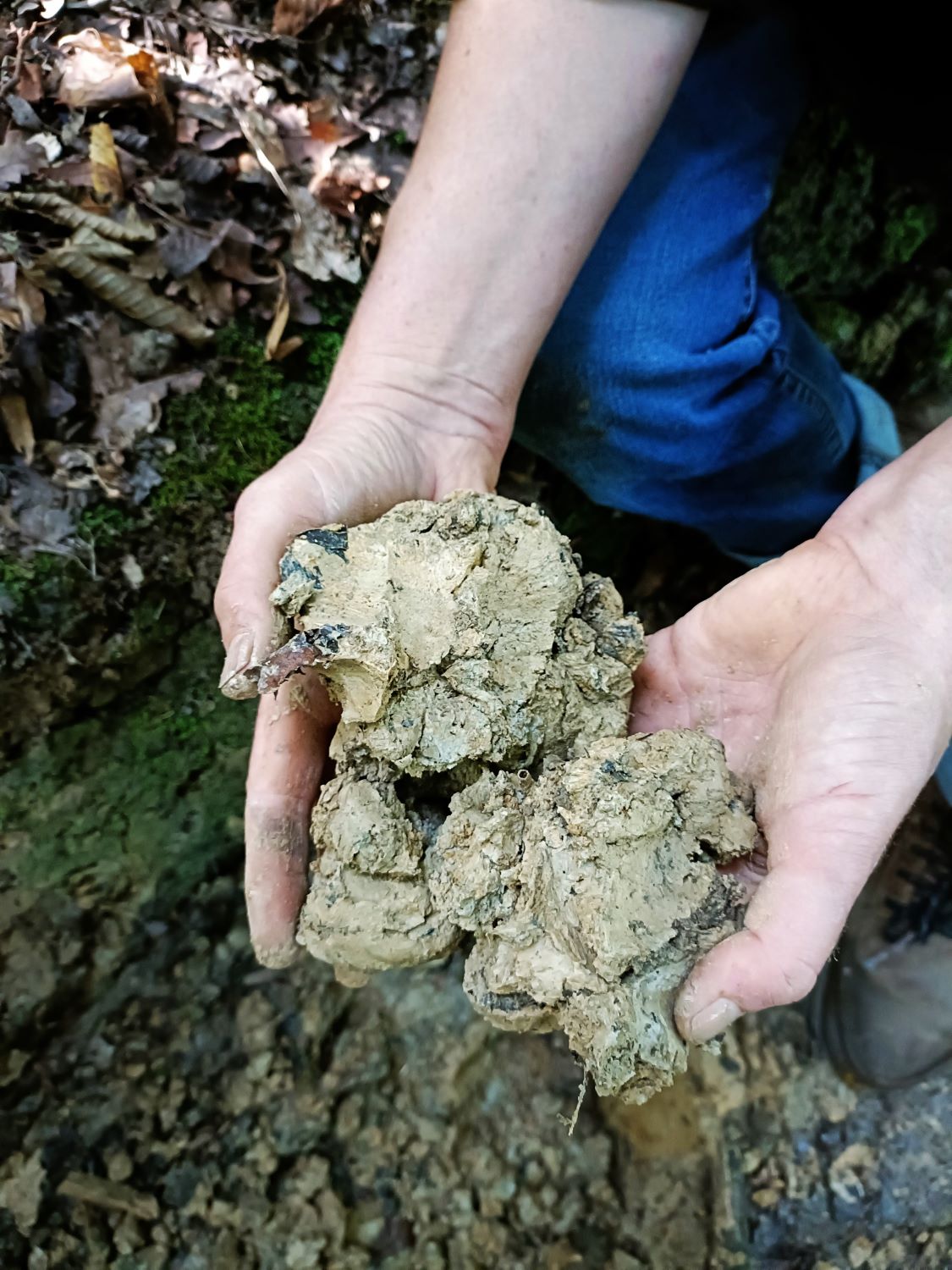
A geological map of your area will indicate where there are clay deposits, and the British Geological Survey is a good place to find this information.
Sometimes clay is close to the surface; in other places you need to dig down quite deep. If you’re out walking when the ground is wet and the path is slippery, chances are that you’re walking on clay. You can also look for clay in lakes, ponds, streams, and in some parts of the country, at the coast.
You might find it at sites where road workers have dug down, or where ground works are being carried out for building projects. If there are any historical brick works in your area, that’s a good sign.
Legally, you must obtain permission from the landowner before you dig.
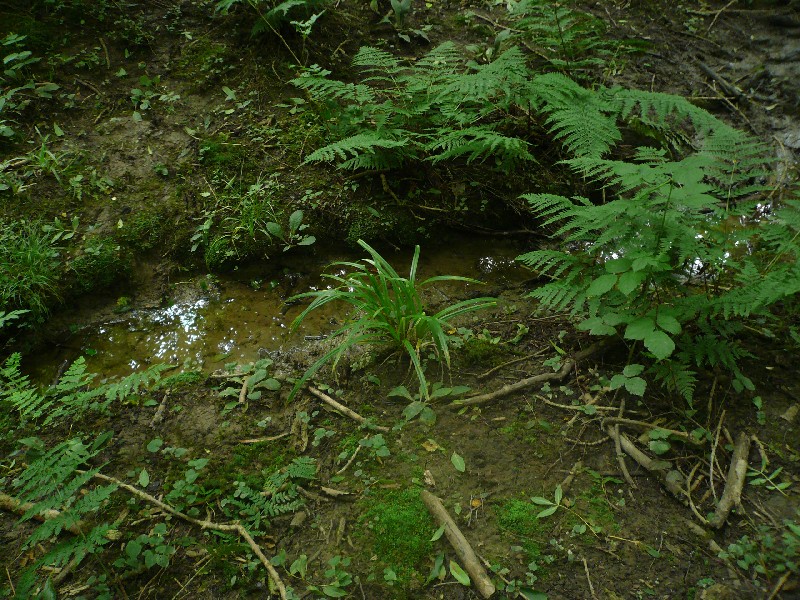
Is the clay good?
Not all clays are equal. Some clay is good for making bricks but not suitable for making pots. Some initially promising clays turn out to be difficult to work. There is a simple test that will give you an indication of the clay’s usefulness (see below), but it’s only by trying it out and then firing it that you’ll know for sure. Here are some guidelines about the clay you may find:
Clay can be found wet or dry or in any stage in between, and remember that it comes in a range of colours.
In its dry state it may look like rocks, or even have a slate-like appearance; in its wet state, it’s like mud.
If you find dry lumps, scrape it with a knife. If it’s clay the fine particles will crumble off. Scrape some of this into a small pile, dampen it with water and see if it dissolves. Then make a small ball from some of the crushed lump mixed with water and notice how it feels- if it feels sticky, it’s got at least some clay in it.
The Test
Take a small lump of the damp clay material and work it into a soft ball with your fingers. Roll it into a thin sausage and then bend this around your finger. If it cracks and doesn’t bend easily, it’s not worth bothering with. But if it stays together and feels smooth and plastic… you’ve found clay.
The next stage is to experiment with it to find out how it handles and fires.
Native Hands Wild Pottery courses are held regularly in Sussex woodland, for adults, led by Ruby Taylor.
One of the things that makes the courses ‘wild’ is that the participants dig clay from the land, to make their pots with. Firing methods are clamp kilns and open firings, leaving no trace, as was the practice of potters on this land for millennia.
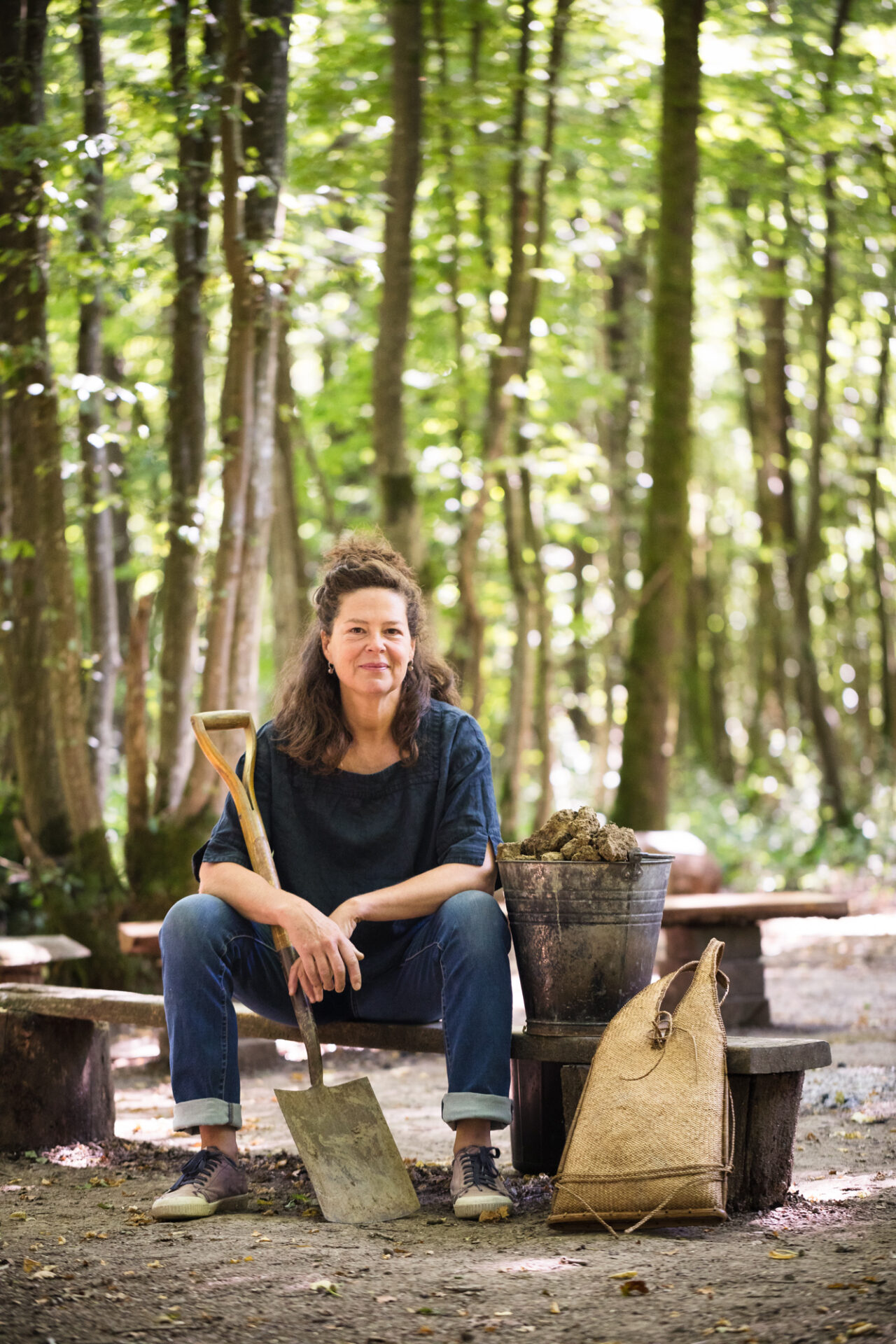
Photo credit Jody Daunton
